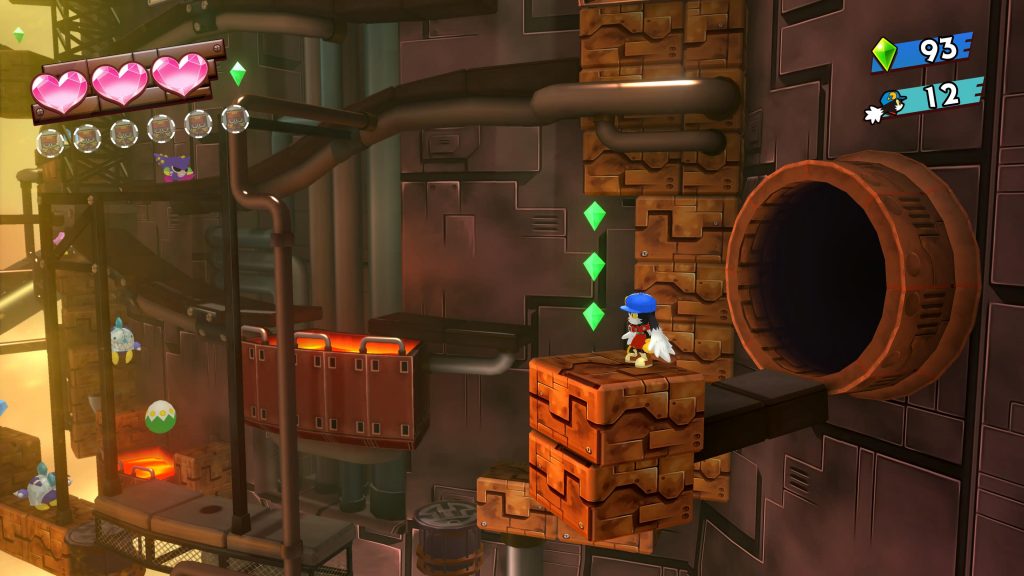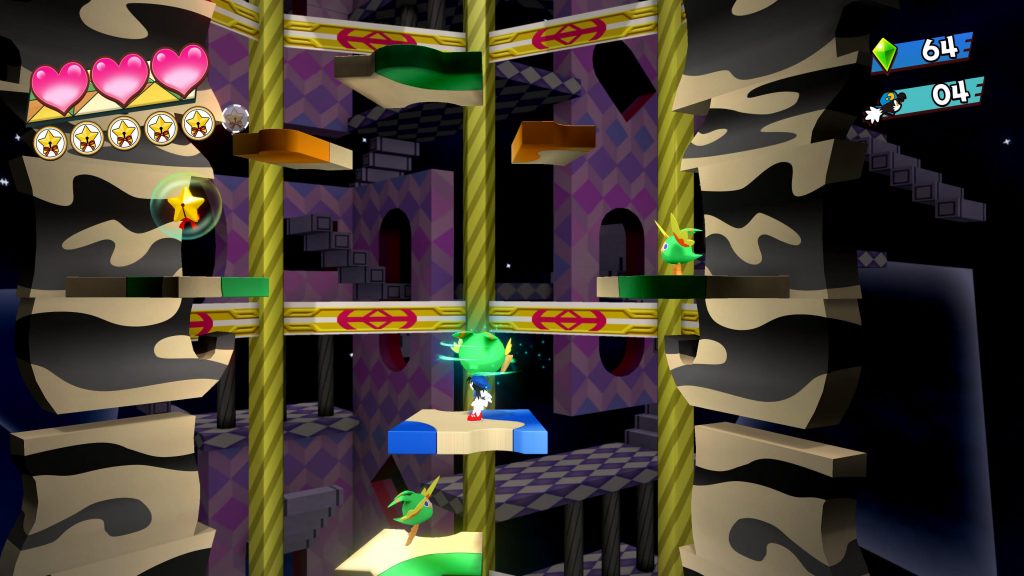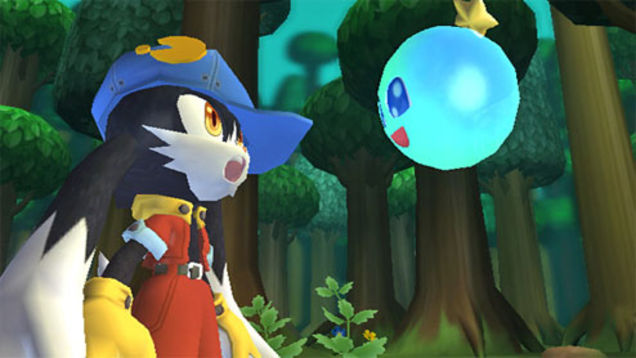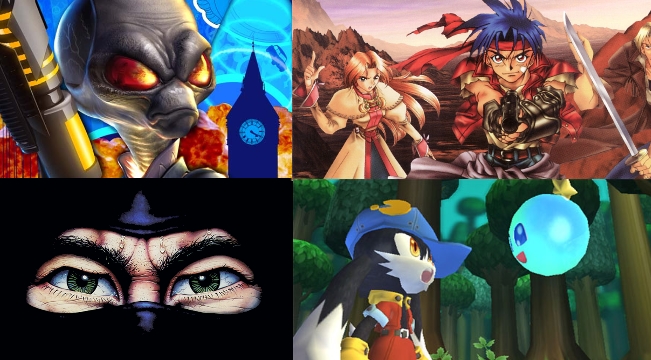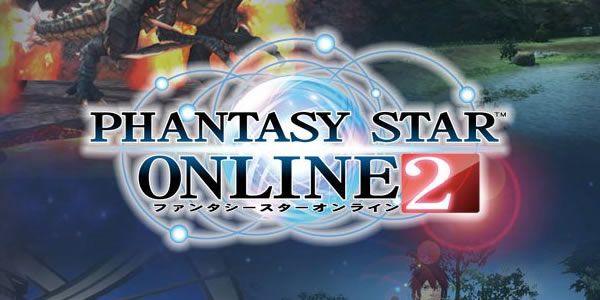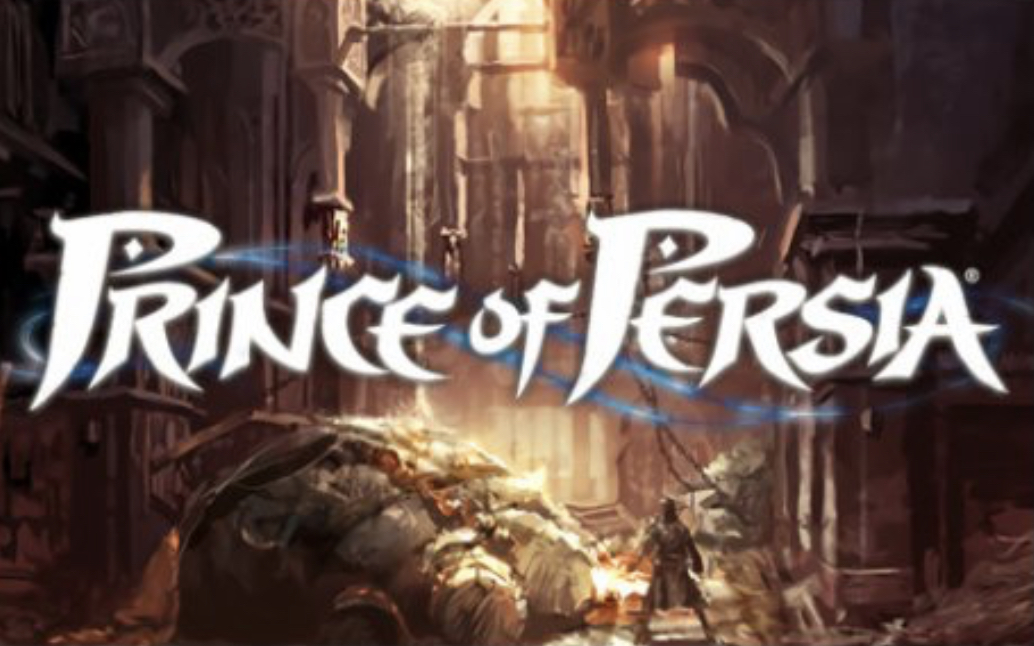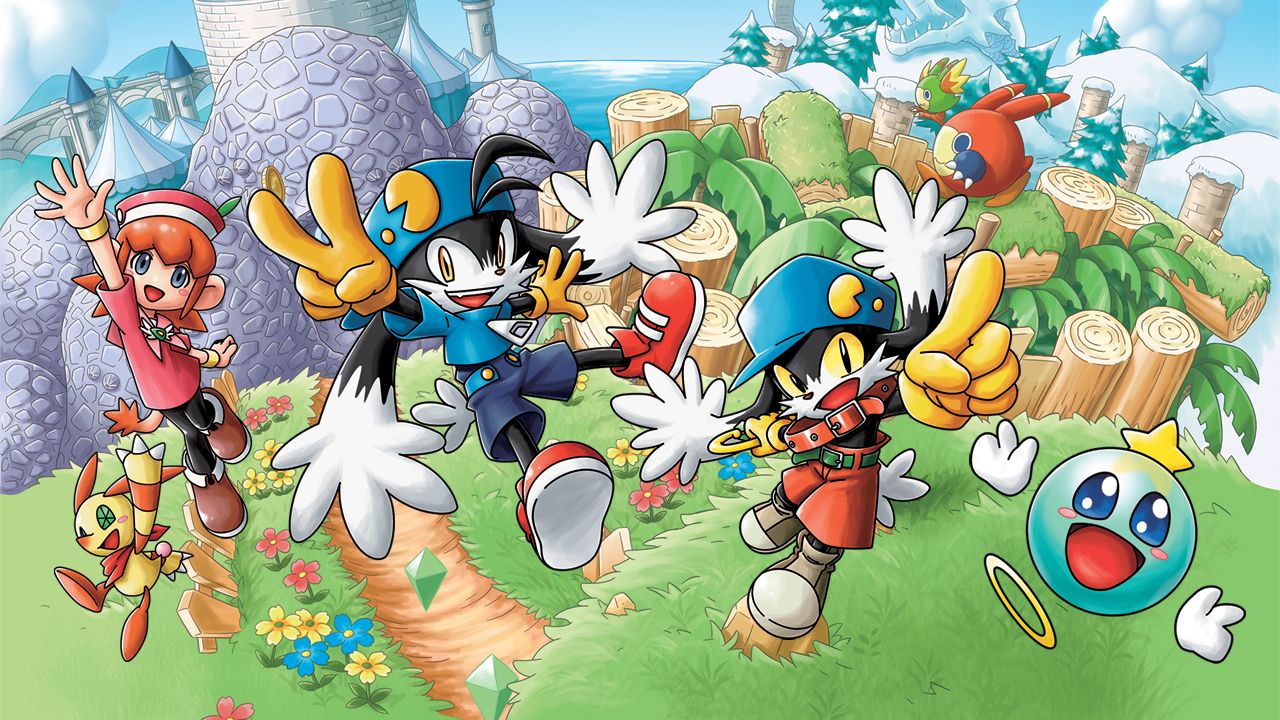
The long-dormant Klonoa series finally has a new release, of a sort, to appease its long-starved fans. I count myself among them, as the original Klonoa: Door to Phantomile, played on late evenings back in primary school, was genuinely one of the most interesting platformers I’d ever seen. Klonoa Phantasy Reverie Series is banking heavily on that kind of nostalgia, as it re-masters the two main-line entries of the Klonoa series, the PS1-original Door to Phantomile, and the PS2-era Klonoa 2: Lunatea’s Veil.
It’s not the most comprehensive collection that could have been attempted, while I don’t think anyone was expecting the inclusion of something like Klonoa Beach Volleyball, there’s still a pair of excellent Game Boy Advance titles, also platformers, which could have easily been fit into the collection as simple ports without all the HD wizardry. As it stands, in terms of content this collection includes the two games and little else – there’s the ability to swap costumes purchased via DLC, and a ‘pixel filter’ which makes the game look like it’s being played on a primitive display, but that’s really all you get. The upgrades come in the form of the visual presentation.
Klonoa: Door to Phantomile seems to be primarily be based off the Wii remake of the original PS1 game, albeit with Klonoa’s character model changed to match the original game’s art more closely, and everything upscaled to a nice and clean HD standard. It looks great and more or less matches the chunky but charming and inviting scenery from the PS1 graphics, just in a cleaner and more attractive modern package. I do miss the original pre-rendered sprites and CGI cutscenes, while primitive by today’s standards, they conveyed a lot of emotion and character in their fewer frames, and if the point of the collection is to aim for nostalgia, why not have the option to use them? Klonoa 2: Lunatea’s Veil was already a big leap over the original’s graphics, so the difference here is less dramatic. It’s still shown in a higher resolution with upscaled assets and textures, which most notably cleans up its presentation, but we do lose the thickly-lined cel-shading style from the original for something finer and subtler. It still looks good, but it essentially makes both games look fairly uniform in their presentation, when originally they had such cool and unique styles.
I’m sure the hope is that this remaster isn’t simply for nostalgic fans, but to bring in a whole new audience who’ve never experienced these games before. It helps that these games are fondly remembered for a reason, providing easy to learn but challenging platforming, memorable cute characters and a consistent spirit of fun in their design. In both games, you play as Klonoa, who has the ability to inflate enemies using his wind ring. Enemies can be thrown, used for double jumps or for other abilities, and while it seems easy on the surface, the games throw plenty of challenging scenarios at you that require precision timing and well-thought out strategies, especially if you want to collect all 150 diamonds in each stage. Both games utilise the ‘2.5D’ style, which is to say, they’re played largely as 2D platformers but have fully 3D visuals, and often allow you to choose paths going into and out of the scenery in a quasi-3D fashion.
Klonoa: Door to Phantomile is the standout of the pair, taking Klonoa through a simple but charming journey through the world of Phantomile. It’s brief, able to be completed in less than four hours, but offers a range of visually endearing locations (with appropriately catchy music) like Klonoa’s home village, a backwards-running waterfall, and a temple to the sun hovering in the skies. It also has the stronger story of the two, as it clearly lays out its world and stakes and even manages to have an emotionally affecting ending. While it’s short, the levels are compact enough to encourage replayability, especially to unlock a secret bonus level which will really test your platforming ability.
Klonoa 2: Lunatea’s Veil is also a strong title, taking Klonoa to the new world of Lunatea and building on the basic formula of the previous game. There’s a lot more travel between various 2D planes and new enemies are included which bestow new abilities on Klonoa. The interesting thing is that they don’t overpower the character, but instead provide new ways to test your skills. For instance, a lightning-bug enemy shoots Klonoa forward a short distance at light-speed destroying everything in his path – but its only used to break through to new areas, and often requires precision aiming to pull off correctly. Aside from these, there’s also some enjoyable but simple ‘surfing’ sections as Klonoa uses his early 2000’s mandated hoverboard. Levels are longer, and in some respects harder, but the story unfortunately doesn’t hit in quite the same way as the original, with a more confusing tangle of exposition.
What’s common across both titles is that they cater for both younger and older players, or those who wish to plow through the games and those who want to take their time and perfect their runs. While there isn’t a huge amount to unlock by perfectly clearing each stage and collecting every diamond, there is a certain satisfaction in treating the levels like puzzles. While some would probably argue these are simple platformers, there’s a uniqueness to how Klonoa structures its levels and situations to require a little more thought on behalf of the player.
The Klonoa Phantasy Reverie Series collection is fairly bare-bones, providing little more than a visual upgrade and modernisation to the original Klonoa games. However, these are two of the most unique platformers ever made, and they have a dedicated fan following for a reason. This is the easiest way to access and play both. It’s hard not to be won over by the charming presentation and atmosphere of the Klonoa games, and for anyone curious about the little critter’s adventures, now that it’s available it’s hard to pass this bundle up.
-Two great, unique and memorable platformers that have stood the test of time -Cute characters and fun storylines, although moreso in the first game -Upgraded to modern standards with HD-makeovers
-The visual upgrade removes some of the stylistic choices of the originals -Could have been a more comprehensive collection

